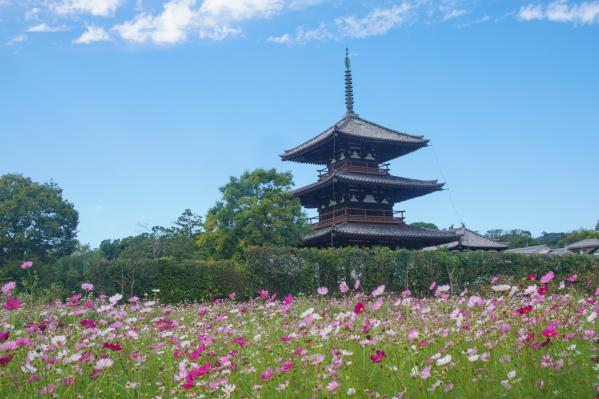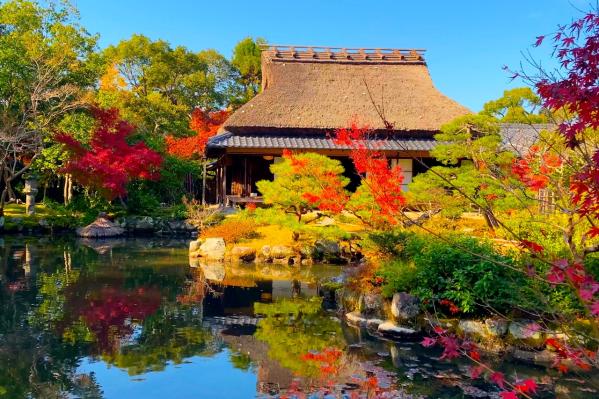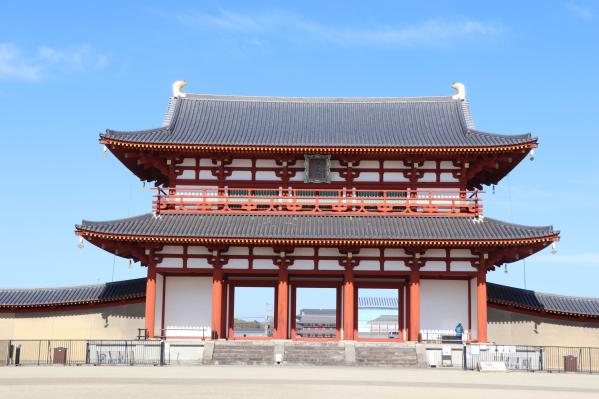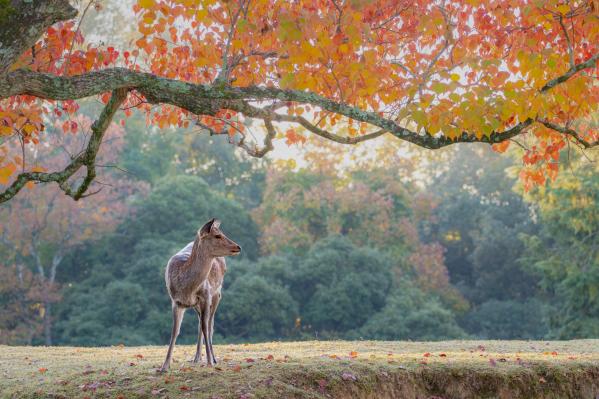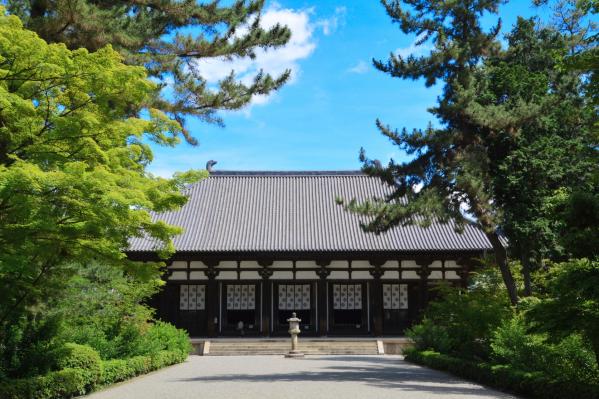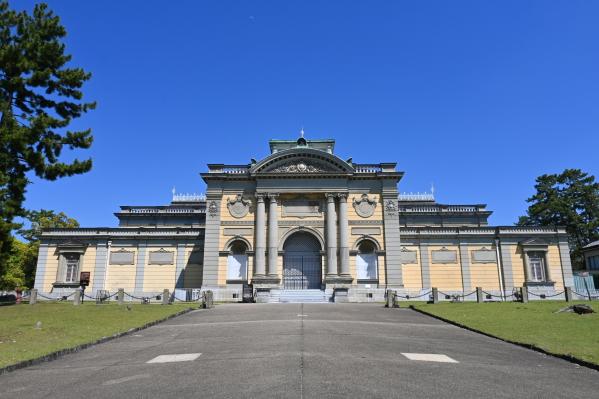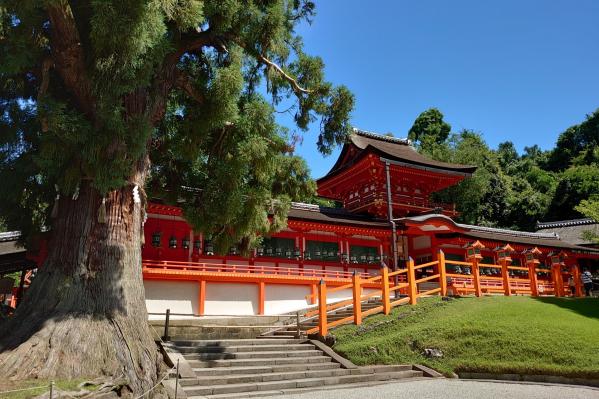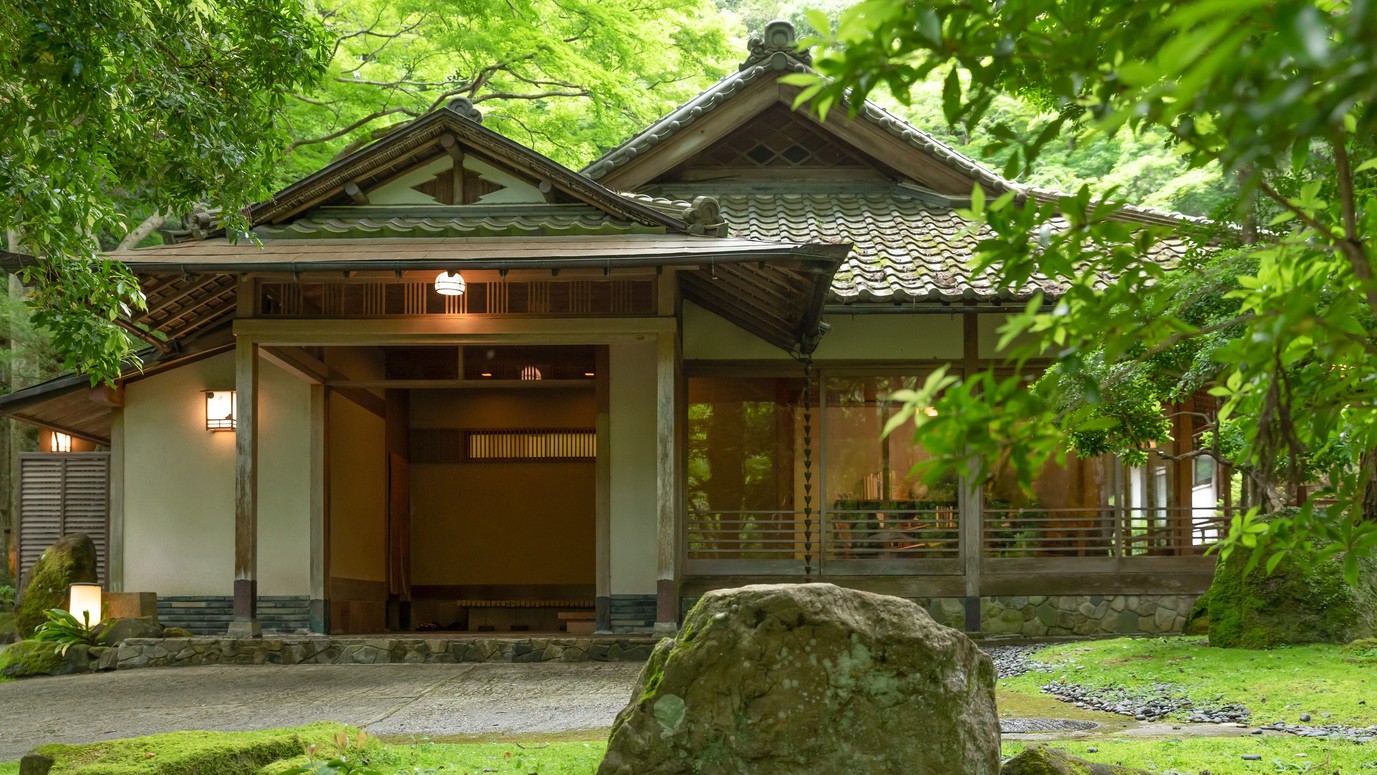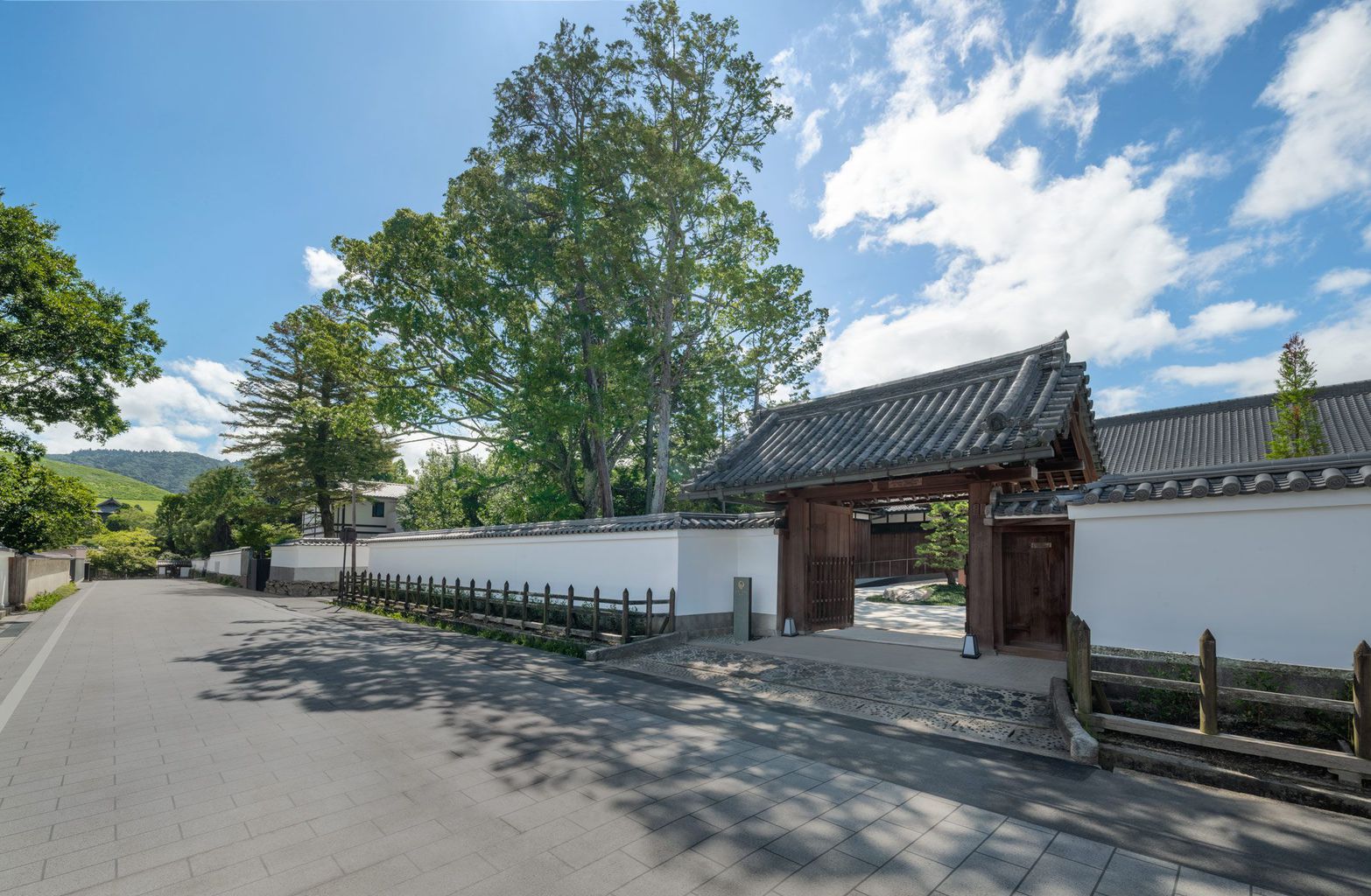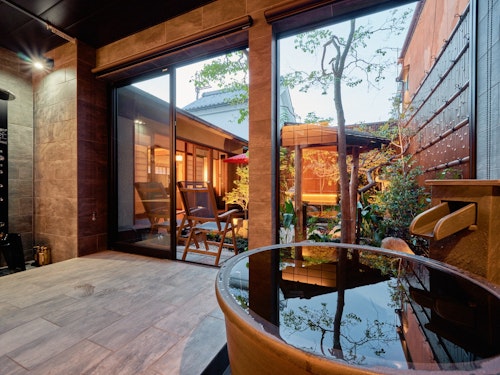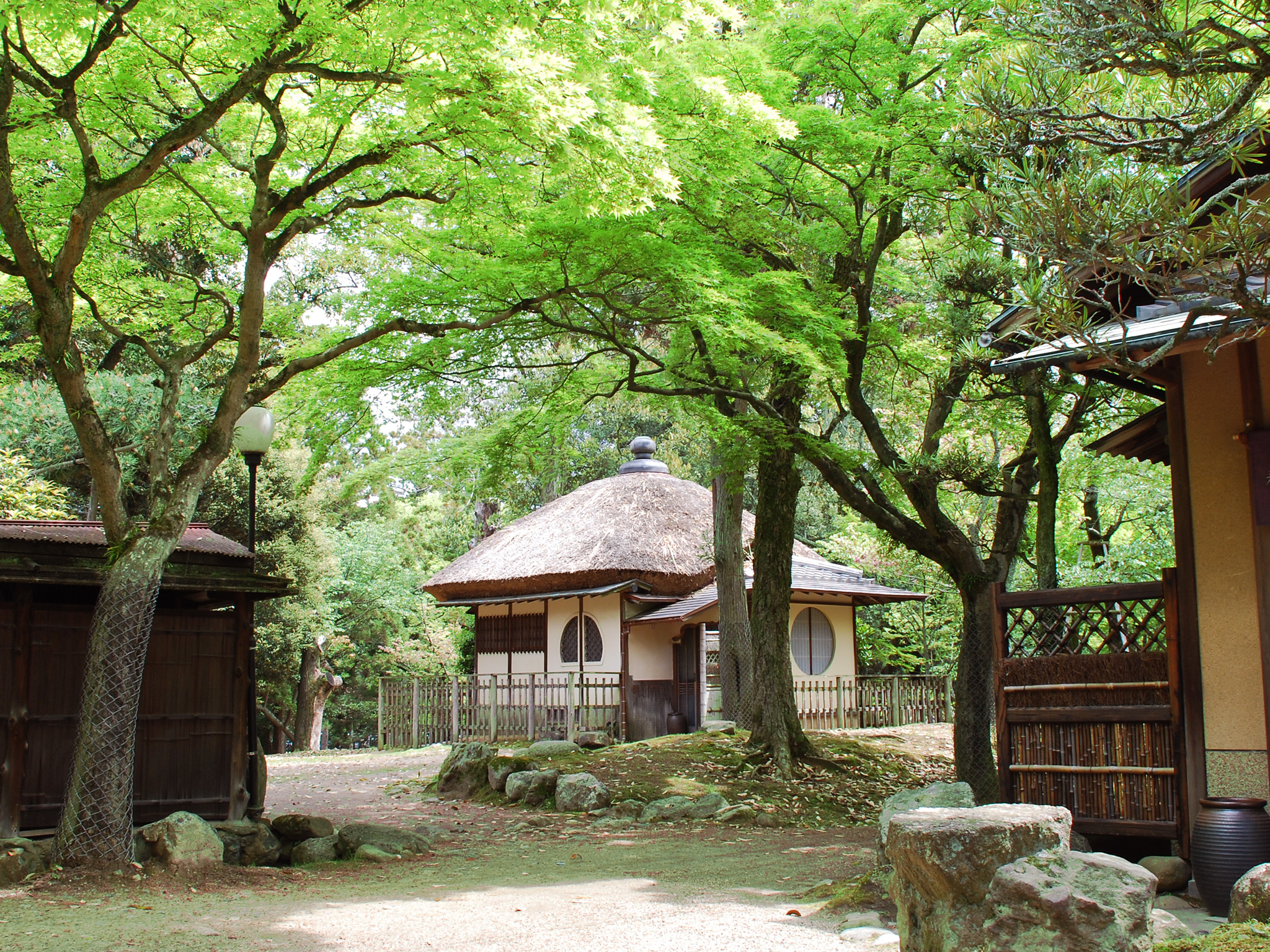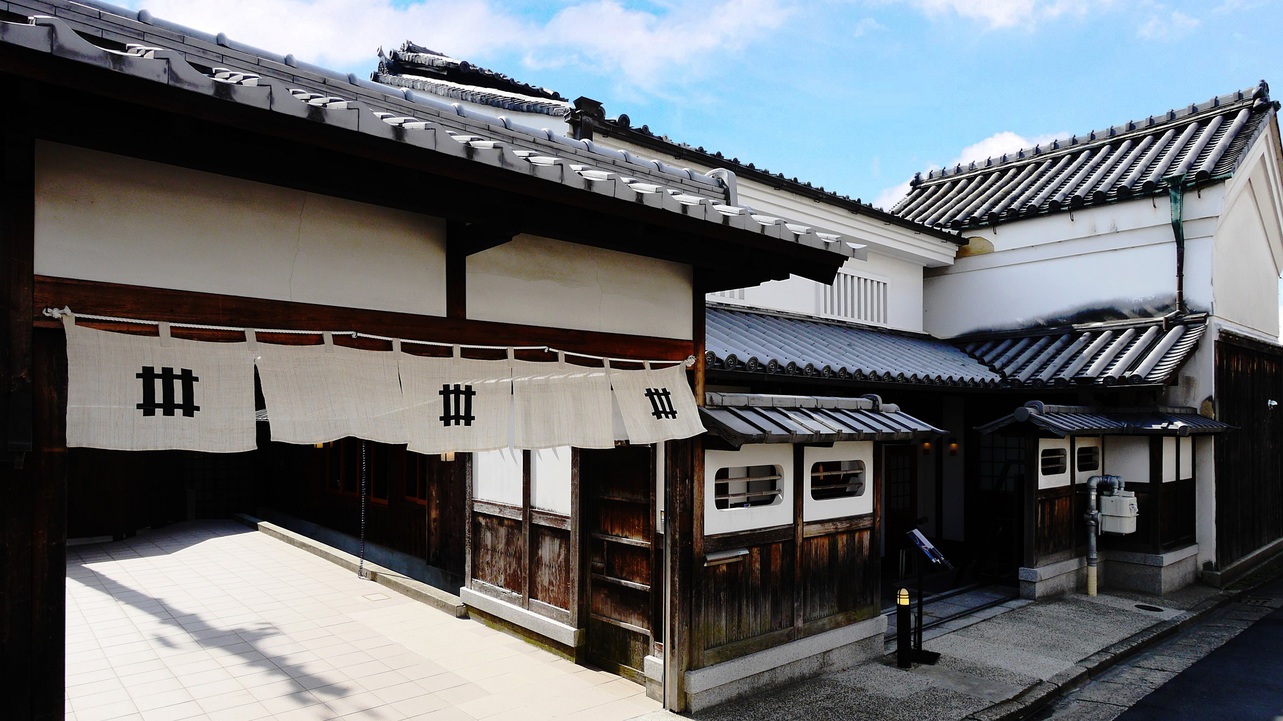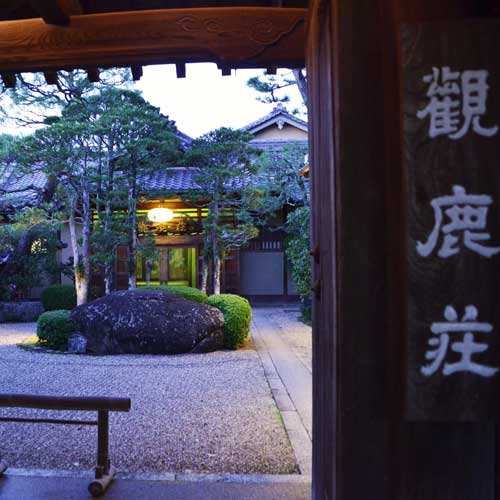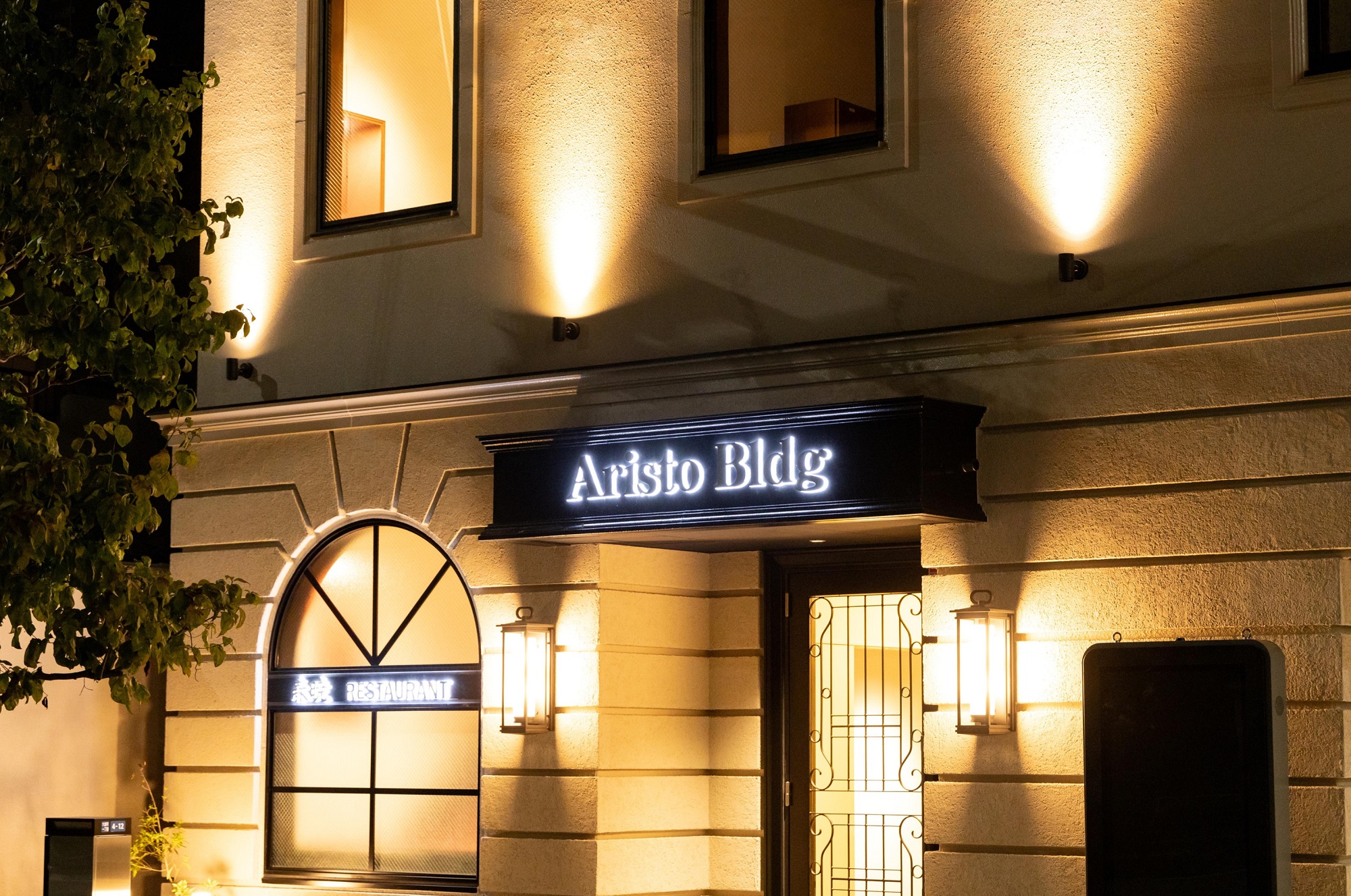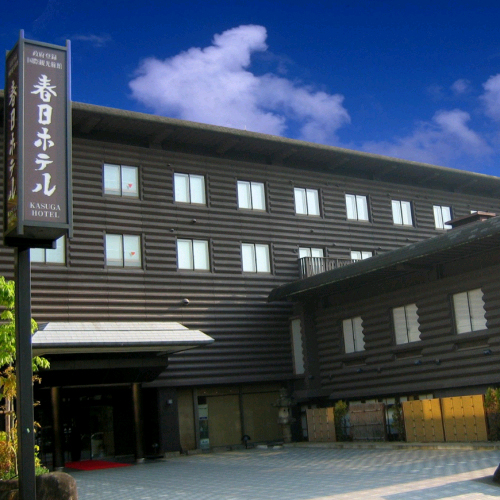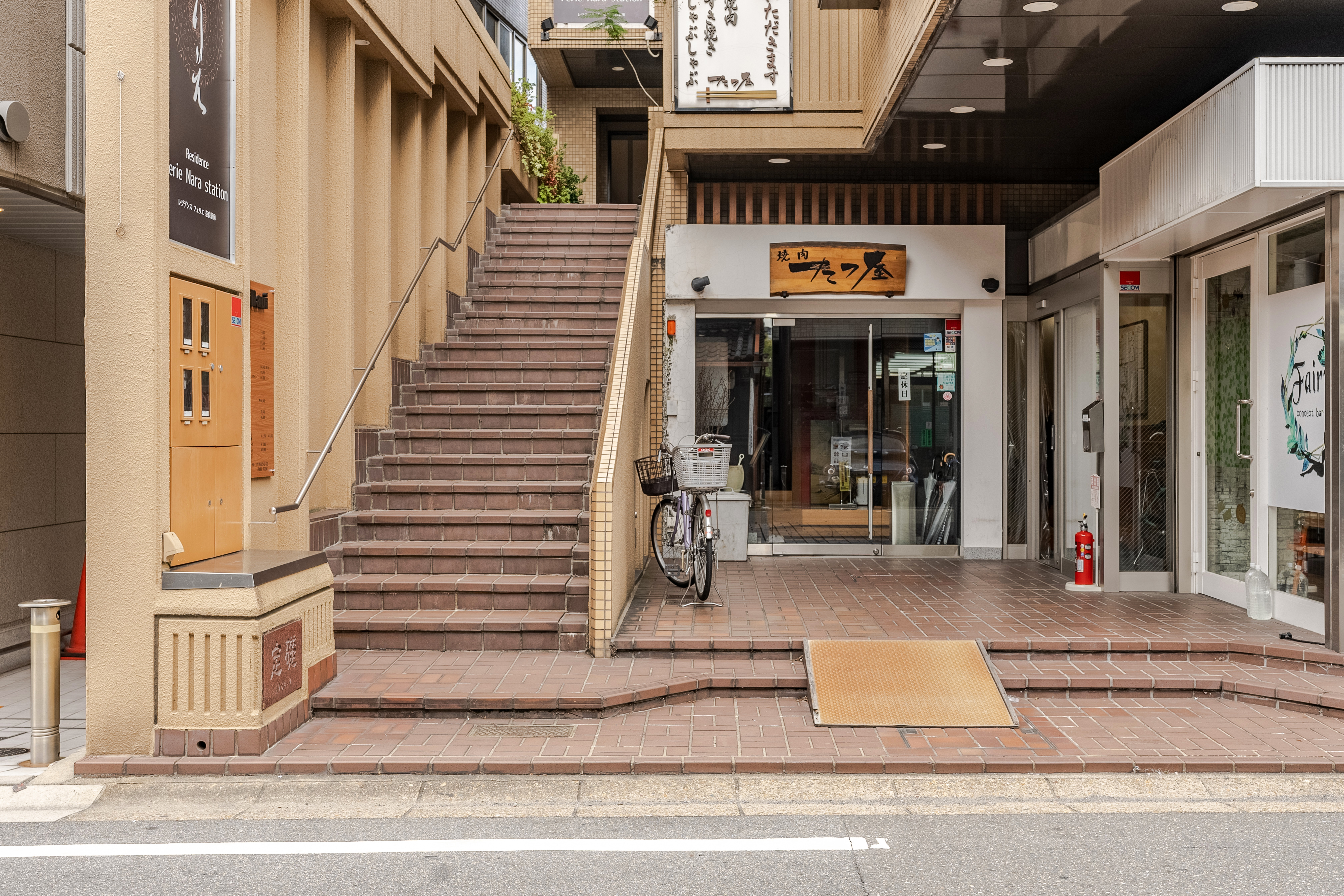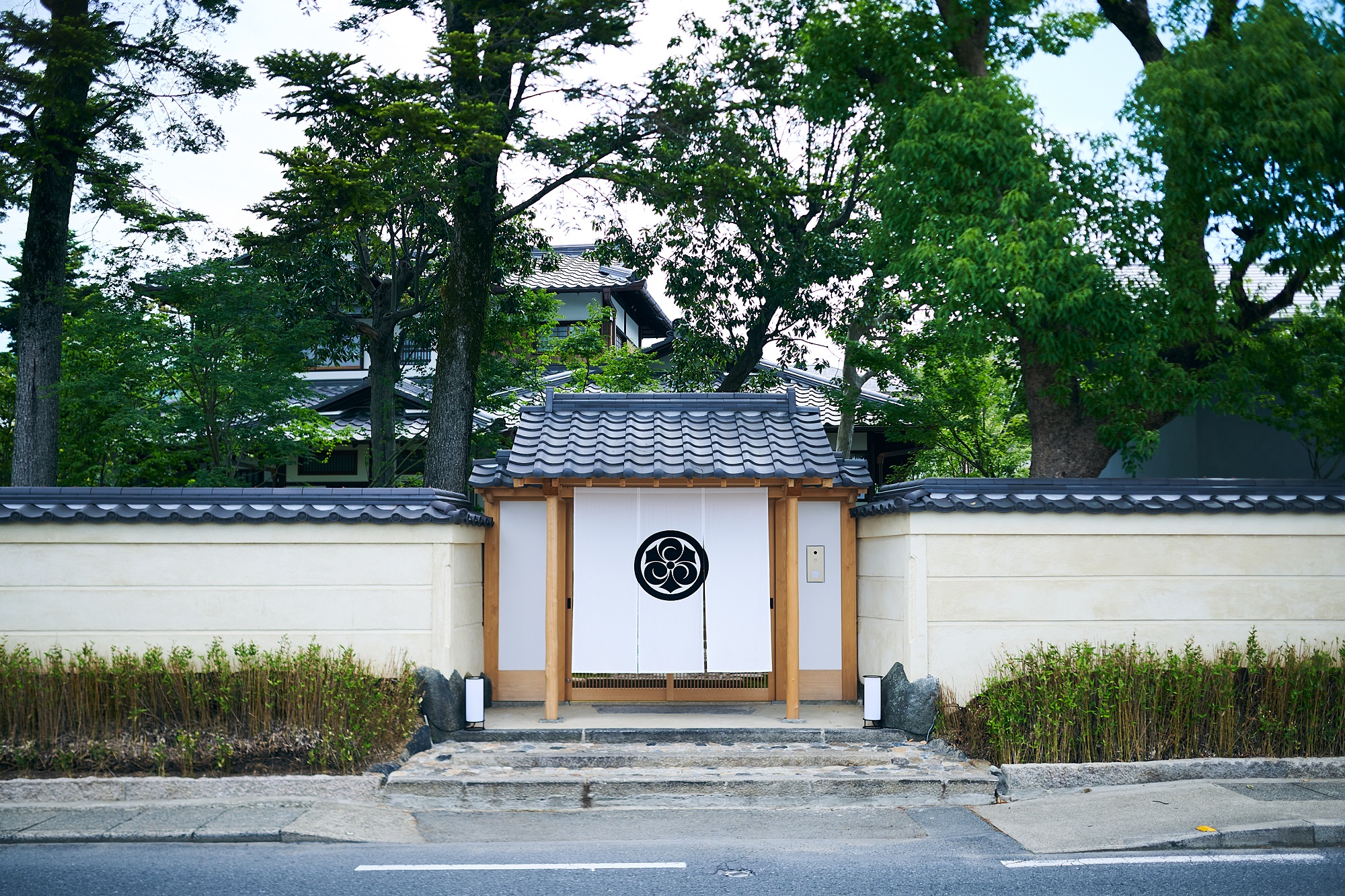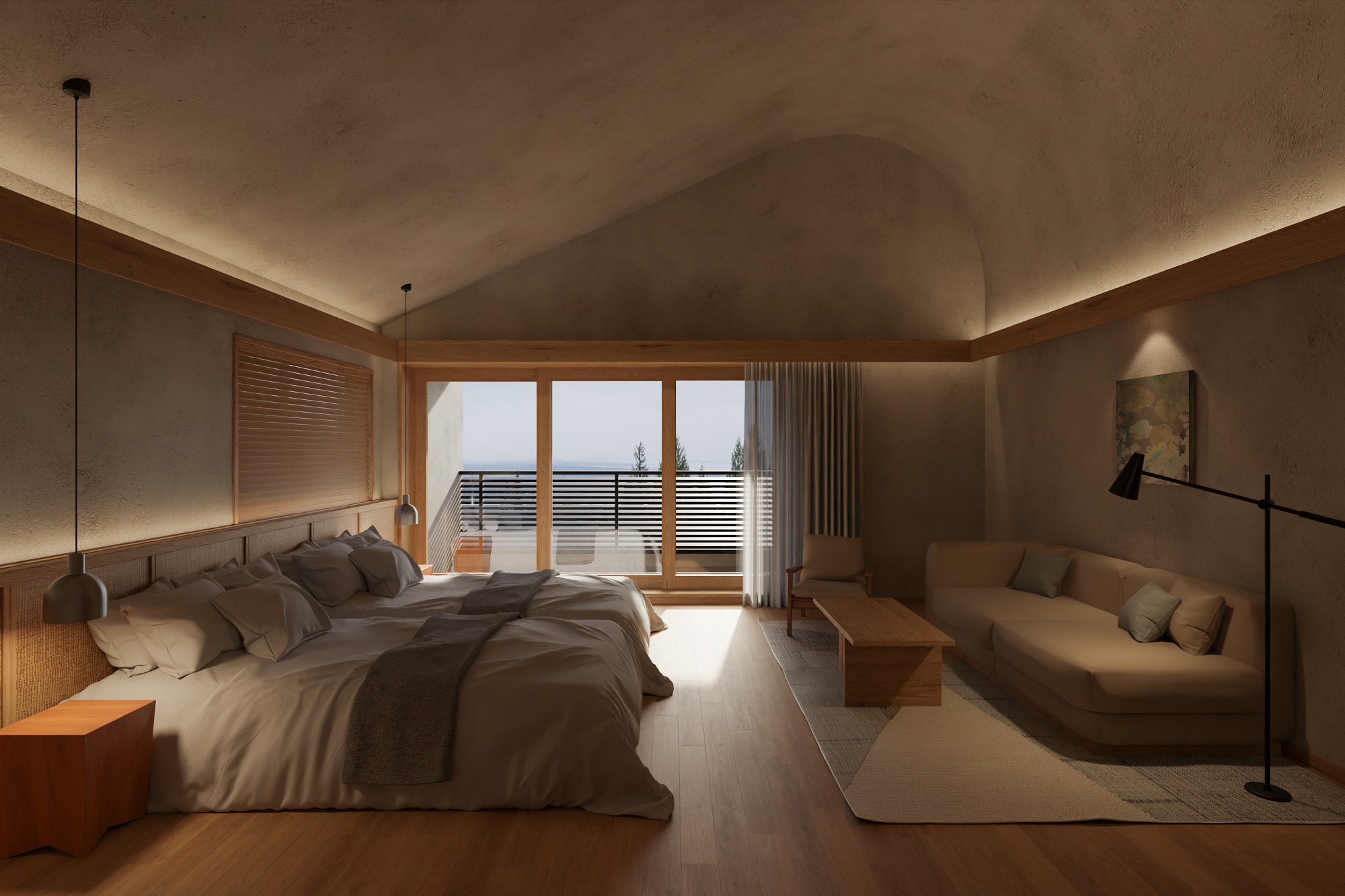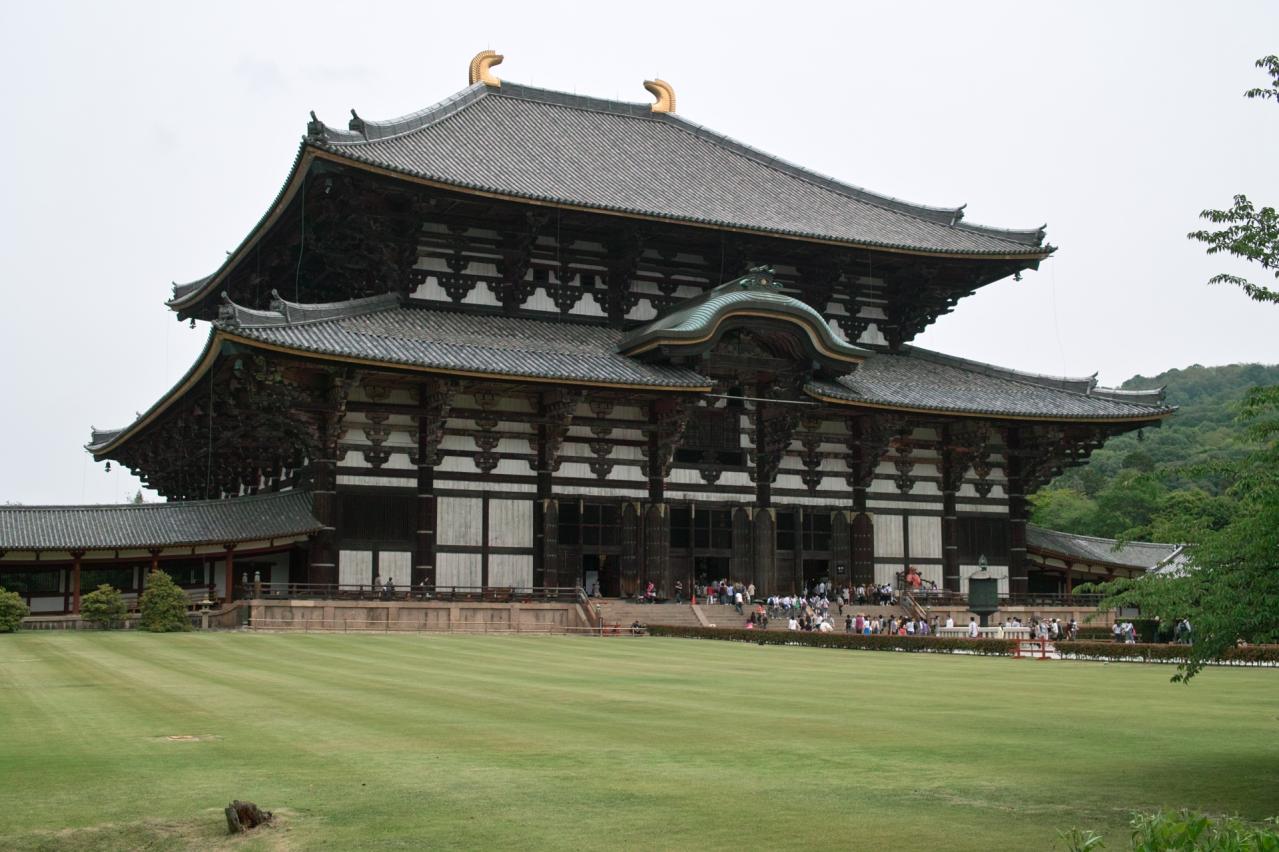
Todai-ji Temple
Todai-ji was established to serve as a guardian of the state. The Great Buddha Hall was reconstructed in 1709 and proudly stands as the largest wooden building in the world. The principal image, the seated statue of Vairocana Buddha (Rushana Butsu), is affectionately known as "Nara no Daibutsu-san" and is revered by many. The temple grounds also house numerous other precious structures and cultural properties, including the Shosoin, which stores treasures of Emperor Shomu.
Buildings such as the Nandaimon (Great South Gate), Hokke-do, bell tower, Kaizan-do, Tonegai-mon, Hombō-kyōko, Shosoin, and Nigatsudo are designated as national treasures, demonstrating their historical significance. Todai-ji was built to promote the teachings of Shakyamuni Buddha, and under the Great Buddha, many believers have deepened their faith.
Basic Information
- Spot Name
- Todai-ji Temple
- Location
- 〒630-8587 406-1 Zoshi-cho, Nara City
- Access
- From JR Nara Station or Kintetsu Nara Station, take the city loop bus for 7 minutes and get off at "Daibutsuden/Kasuga Taisha-mae," then walk 5 minutes.
- Parking
- Please use nearby parking.
● GS Park Todai-ji West Gate Parking (paid) / 6-1 Oshiage-cho, Nara City - Business Hours
- 【Great Buddha Hall】
April to October: Opens at 7:30 AM, Closes at 5:30 PM
November to March: Opens at 8:00 AM, Closes at 5:00 PM
【Hokke-do (Sangatsudo) & Kaidan-in Senju-do】
Opens at 8:30 AM, Closes at 4:00 PM - Regular Holiday
- Open daily.
- Fees
- Adults (including junior high and university students): 600 yen
Elementary school students: 300 yen - Contact Information
- Phone Number:0742-22-5511
- Official Website
Map
Detailed Information
▶History of Todai-ji
Todai-ji originated from a mountain lodge built in the 5th year of the Shomu Emperor (728) to commemorate the late Prince Motoharu. In the 13th year of the Tenpyo era (741), an imperial edict was issued to establish national temples, which led to the elevation of this mountain lodge to the status of the national temple of Yamato Province, known as Kinkōmyō-ji (later as Todai-ji). In the 15th year of the Tenpyo era (743), a decree for the creation of the Great Buddha (Buddha statue) was issued, and when the capital was moved back from Shigaraki (in Shiga Prefecture) to Heijō (Nara), the casting of the Great Buddha began at Kinkōmyō-ji in Yamato Province. By the 21st year of the Tenpyo era (749), the Buddha was cast, and simultaneously, the construction of the Great Buddha Hall progressed. A grand ceremony for the opening of the eyes of the Great Buddha was held in the 4th year of Tenpyo Shōhō (752). Subsequently, the West Tower, East Tower, lecture hall, and monk's quarters were constructed under the supervision of the Todai-ji administrative authority, and the seven main buildings of Todai-ji were gradually established.
Since Todai-ji was built as a national temple, it served as a place to pray for peace and prosperity for the people, but it also played a role in studying Buddhist doctrines and training monks. Research institutions for various schools, including Kegon and the six sects of the Nara period, as well as Tendai and Shingon from the Heian period, were established, making it a temple of academic study encompassing eight sects.
As the Heian period progressed, the head of the Great Buddha, which had been repaired by Prince Shinjyu after falling during a major earthquake in the 2nd year of the Fuhō era (855), faced further damage due to fire and lightning, leading to the destruction of the lecture hall, monk's quarters, the West Tower, and the collapse of the South Great Gate and the Great Bell Tower. In the 4th year of the Jisho era (1180), much of the temple complex, including the Great Buddha Hall, was burned down by the army of Taira no Shigehira. However, in the following year, revival work was initiated by Shōgen, and the opening of the eyes ceremony for the Great Buddha was conducted in the 1st year of the Bunji era (1185) under the guidance of Emperor Go-Shirakawa. The revival project progressed steadily after the allocation of resources from Suō Province in the 2nd year of Bunji, resulting in the completion of the Great Buddha Hall in the 6th year of Kenkyū (1195) when the opening ceremony was held. With these revival efforts, the previously stagnant educational activities at Todai-ji became vibrant, and many scholarly monks emerged during the Kamakura period.
However, in the 10th year of the Eiroku era (1567), the chaos of the Miyoshi-Matsunaga rebellion occurred, burning down almost all buildings except for a few, such as the Nigatsu-dō, Hōkeidō, South Great Gate, and the Shōsō-in. Due to the ongoing wars of the Warring States period, the revival of Todai-ji became extremely difficult, and only simple repairs were made to cover the head of the Great Buddha with copper plates. Finally, in the Edo period, Shōkyo appealed to the shogunate for support in rebuilding with cooperation from various lords, leading to a grand ceremony for the opening of the eyes of the Great Buddha in the 5th year of Genroku (1692) and the completion ceremony of the Great Buddha Hall in the 6th year of Hōei (1709). Since then, the maintenance of the temple complex has continued under successive officials in charge.
In the Meiji period, the separation of Shinto and Buddhism and the confiscation of temple lands posed a crisis for Todai-ji’s existence, forcing it to adopt reforms such as identifying itself as a Kegon sect temple. However, the temple persevered through major repairs of the Great Buddha Hall during the Meiji and Showa periods and efforts to maintain its various buildings. Today, Todai-ji holds numerous precious cultural heritage items from its long history and continues to be a repository of traditional Buddhist rituals, attracting visitors from across Japan and around the world, particularly to the Nigatsu-dō Shunie.
▶Established in the Nara Period – The Wishes of Emperor Shomu –
The treasures handed down at the Shōsō-in reflect the splendor of the Tenpyo era. However, the political and social circumstances during the emperor's reign were anything but peaceful. Power struggles symbolized by the Nagaya no Ō incident, the outbreak of smallpox that led to the deaths of the brothers of Empress Kōmyō, and the rebellion of Fujiwara no Hirotsugu in Kyushu all contributed to constant upheaval over more than a decade. To heal such a world and ensure the safety of the nation and the happiness of the people, Emperor Shomu intensified his inclination towards Buddhism.
After Fujiwara no Hirotsugu's rebellion in the 12th year of the Tenpyo era (740), the emperor moved the capital multiple times, but in the 13th year (741), issued an edict to establish national temples in Kōnin-kyo, and in the 15th year (743), he declared the creation of the Great Buddha at the Shigaraki Palace.
The national temple's texts reference the "Kinkōmyō Saishōōkyō" and the "Hokke-kyō," while the Great Buddha's creation decree is based on the "Kegon-kyō." The formal name of the national temple, "Kinkōmyō Shiten'nō Gon'koku no Tera," reflects the intention to pray for the peace of the nation and its people, while the aspirations for the Great Buddha construction three years later far surpassed this intent, reaching out for a harmonious world where "all living things prosper." It called for the cooperation of the people to "bring a blade of grass or a handful of soil to assist in constructing the statue."
Since visiting the temple of Chikushi in Kawachi to pay homage to the Great Buddha in the 12th year of Tenpyo, the emperor deepened his understanding of the Kegon teachings and formally declared in the 1st year of Tenpyo Kanpō (749) that the Kegon Sutra would serve as the foundational text.
After the capital returned to Heijō in the 17th year of Tenpyo (745), the construction of the Great Buddha resumed within the former precincts of Kinkōmyō-ji, driven by the Kinkōmyō-ji's casting workshops and later overseen by the Todai-ji construction authority. The Buddha's body was successfully cast in October of the 1st year of Tenpyo Shōhō (749) following multiple casting attempts over three years, and the Great Buddha Hall was built soon thereafter, with a grand opening ceremony held in April of the 4th year (752).
This monumental project was made possible through the collective efforts of many, including the pilgrimage leader Gyōki and the first abbot of Todai-ji, Ryōben. As a symbol of this collaboration, Todai-ji is also referred to as the "Temple Established by the Four Saints," including Emperor Shomu, Gyōki, Ryōben, and the Brahman monk Bodhi Senā, who served as the ceremony's guiding priest.
▶Reconstruction in the Kamakura Period – The Efforts of Shōgen –
As the Heian period progressed, damages began to appear on the back of the Great Buddha, requiring repairs such as earthen mounding to stabilize it. In the 2nd year of the Seihō era (855), an earthquake caused the head to fall, necessitating restoration work.
Moreover, numerous buildings, including the Great Buddha Hall, faced the need for restoration due to natural disasters and fires. To fund these projects and the temple's core educational activities, estates were run during this era. However, by the late Heian period, Todai-ji became embroiled in numerous disputes regarding these estates, and ultimately, in the 4th year of the Jisho era (1180), much of the temple complex was reduced to ashes from the fire of Taira no Shigehira.
The reconstruction efforts were significantly led by Shōgen. Appointed to the role of fundraising in the 1st year of Yōwa (1181) at the age of 61, he devoted the last two decades of his life to revival projects with the aid of Emperor Go-Shirakawa and Minamoto no Yoritomo.
Initially, with support from the Song dynasty craftsman Chen Woqing, repairs were made to the head and left hand of the Great Buddha, and an eye-opening ceremony was held in the 1st year of Bunji (1185). Securing materials for rebuilding the Great Buddha Hall proved challenging, but once Suō Province and Bizen Province were allocated for the Todai-ji construction project, the work advanced rapidly. The completion ceremony was held in the 6th year of Kenkyū (1195), and the construction of the assisting figures and guardian deities for the Great Buddha Hall commenced shortly thereafter, enabling the temple’s complex to be rebuilt, leading to a flourishing period during the Kamakura era.
▶Reconstruction in the Edo Period – The Activities of Shōkyo –
Entering the Muromachi period, Todai-ji had lost much of its former glory, which was exacerbated by the fire of the Miyoshi-Matsunaga rebellion in the 10th year of Eiroku (1567). The Great Buddha Hall, Kaidan-dō, Jōdō, Tōzen-in, and the Shishō-bo were all destroyed. Although repaired by Yamada Michiyasu and temporary structures were erected, these eventually collapsed in strong winds and faced nearly a century of exposure to the elements.
Shōkyo, inspired by the pitiable state of the Great Buddha, sought to rebuild the Great Buddha Hall. In the 1st year of the Jōkyō era (1684), he was permitted by the Edo shogunate to repair the Great Buddha Hall and began casting in the 3rd year. He recast the head of the Great Buddha and 18 petals of the lotus seat, and the opening of the eyes ceremony was conducted in the 5th year of Genroku (1692). The reconstruction of the Great Buddha Hall was also advanced, but due to contemporary economic conditions, it was not possible to maintain the scale of the Tenpyo and Kamakura eras, thus resulting in a structure reduced to about 60% of the original size, with a grand completion ceremony held in the 6th year of Hōei (1709). However, it took an additional 30 years for the main gate and cloister to be completed.
▶From Meiji to Present
This one of the largest wooden structures in the world survived the Meiji period without being burned, but it suffered significant wear and tear, to the point where the eaves were barely supported by auxiliary pillars. Starting in the 39th year of Meiji (1906), disassembly and repairs were initiated, utilizing new methods such as reinforcing the interior with steel frames, eventually completed in the 45th year of Meiji (1912).
However, some issues arose with the roof construction, resulting in rainwater occasionally entering the hall. Consequently, from the 48th year of Showa (1973), significant repairs were undertaken over a span of seven years, culminating in a grand completion ceremony in the autumn of the 55th year of Showa (1980).
Todai-ji Temple Movies
Nara Tourist Attractions
View ListHoryu-ji Temple
Hōryū-ji is a temple founded by Prince Shōtoku in the 14th year of Suiko (606 AD), and it is currently registered as a UNESCO World Heritage Site. Established as Oka...
Isuien Neiraku Art Museum
Isui-en is a representative Japanese garden in Nara, designated as a national scenic spot. It features two distinct gardens: the "前園" (Maezono) created during the ...
Heijo Palace Ruins
The Heijo Palace Site is the center of Heijo-kyo, which was relocated from Fujiwara-kyo in 710, and it was registered as a UNESCO World Heritage Site as "Cultural Pr...
Tōshōdaiji
Tōshōdai-ji is a temple founded by the Tang dynasty monk Jianzhen in the Nara period, established in 759 (the 3rd year of Tenpyō Hōji) at the former residence of Pri...
Nara National Museum
The Nara National Museum is a historic museum located within Nara Park, adjacent to world heritage sites such as Todai-ji Temple and Kofuku-ji Temple. Established in...
Kasukadai Shrine
Kasuga-taisha Shrine was established in the second year of Jingo-Keiun (768) and the current shrine buildings were completed in the early Heian period in 794. It flo...








